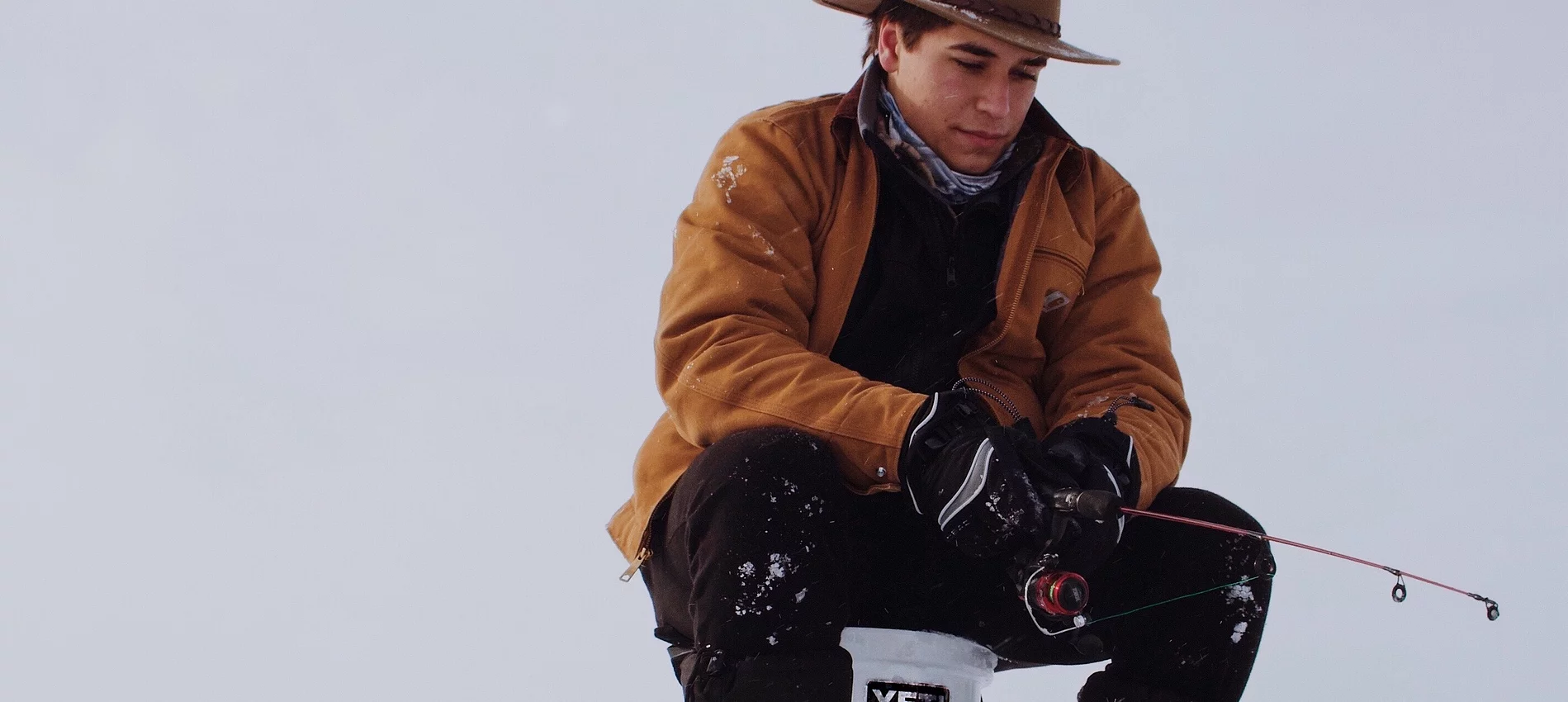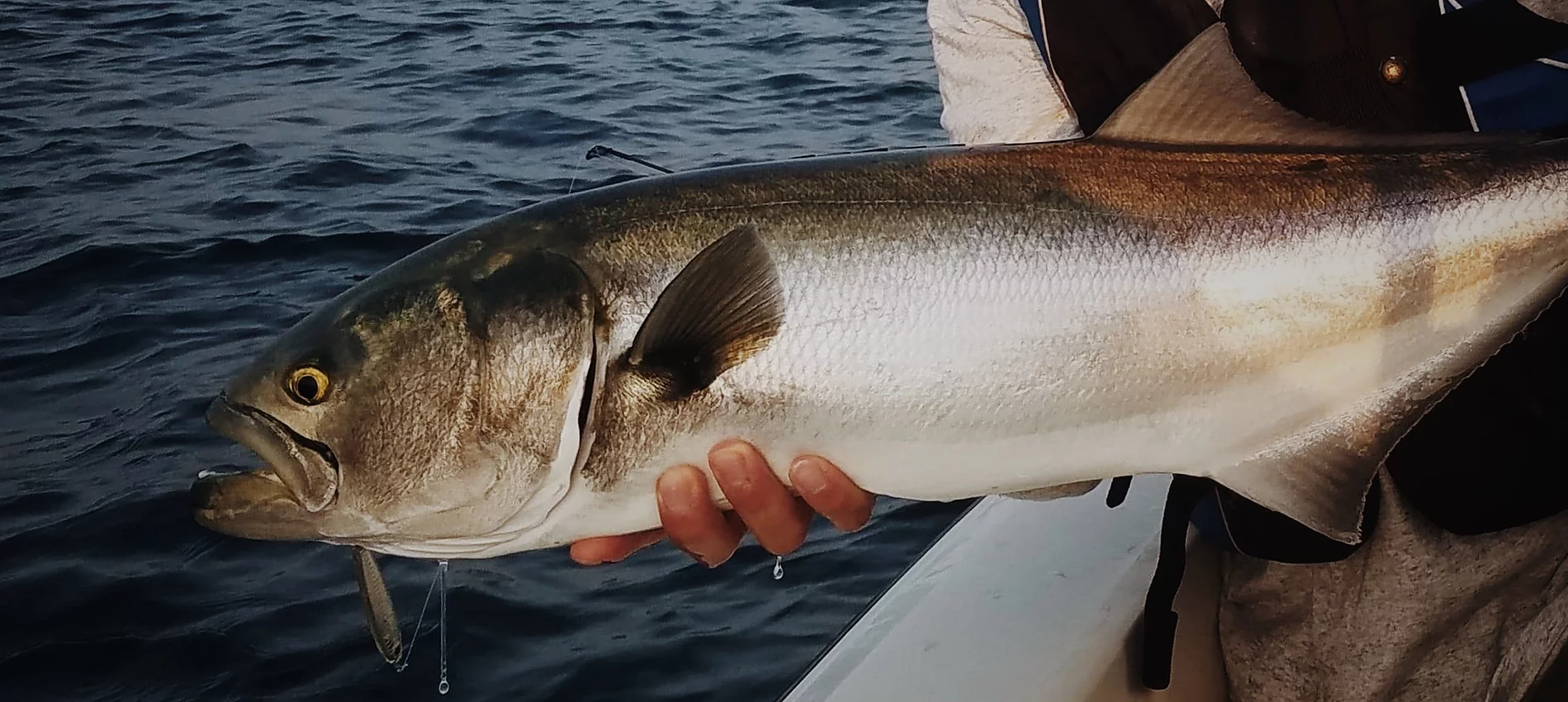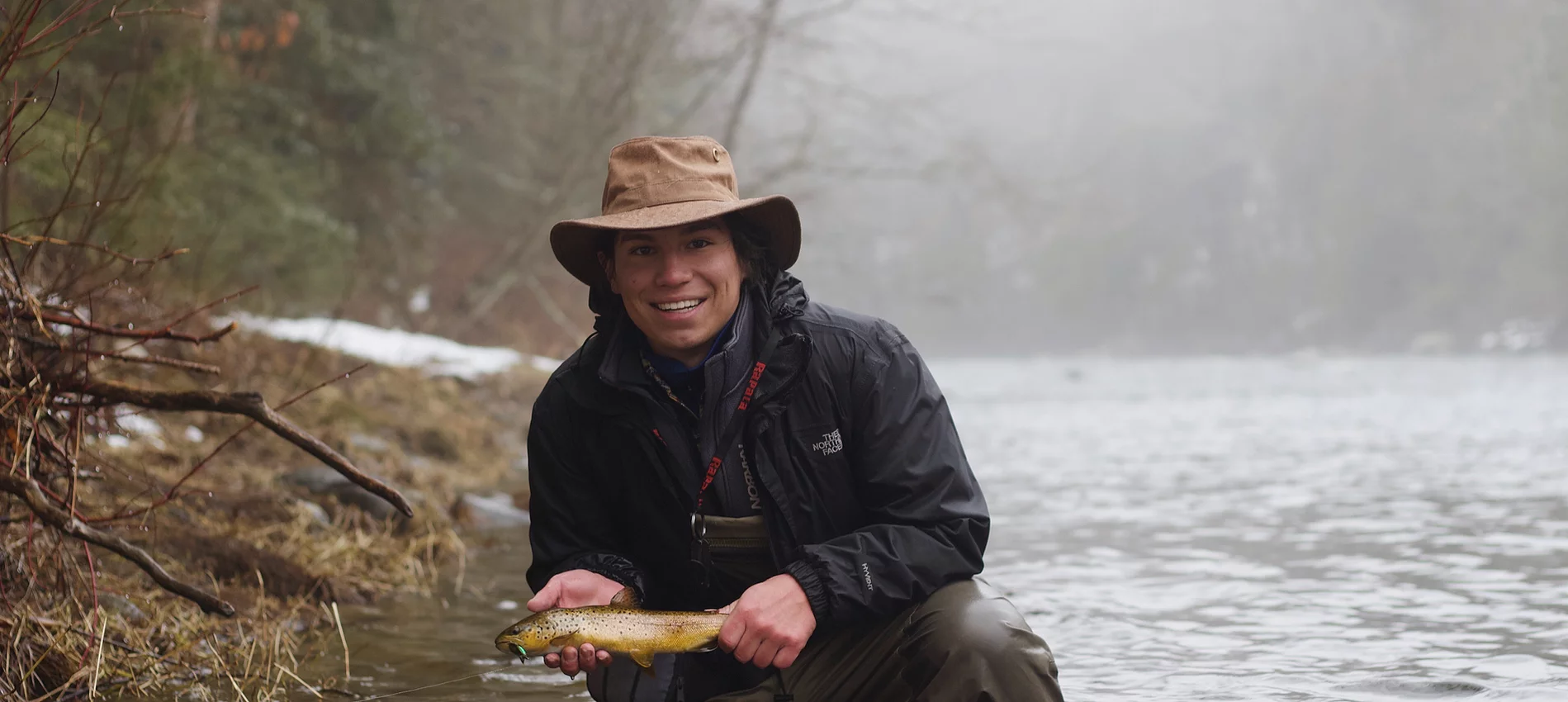About Fishing
Is it possible to catch carp during winter? It is possible! It is also the main object in winter fishing in some reservoirs.
While winter carp are unpredictable, they can still be caught easily. It all depends upon the particulars of the area - the weather, region, and conditions of the reservoir. The silver may refuse to eat at times, but it will eat again the next day if there is a favorable weather condition. It's a lot of fun to winter fish for carp on a new lake. The key to catching carp in winter is being able to visit the reservoir regularly so that the subtleties of biting can be mastered. You can find out where to catch winter carp, and what you should do. These moments are unique for each pond or river.
Weather and carp fishing
The weather is an important factor in winter carp fish fishing. Specifically, the weather influences the oxygen content of water. Weather is one of the main reasons why winter carp biting is so unstable. There are many contradictory facts on the internet and in literature. One common observation is that crucian cars like stable weather and thaws without any sudden changes or jumps. However, many anglers were able to catch this fish in completely other conditions: on sunny days with frost, or in the wind at night.
Weather has an effect on carp biting in winter. But the details of that influence cannot be tied to any particular reservoir. This is based only on my observations. It is not possible to pinpoint the weather conditions that make winter carp more active. Only one thing is certain: crucian carps become more active after a prolonged thaw. The weather shouldn't be considered as a factor for departure or non-departure from the reservoir. Weather conditions can affect how fish behave, where they feed, and what elements of fishing techniques they use. These moments must be noticed and utilized. A north wind is a cold force that causes a man to stand on a pit. Then he thaws and moves closer to the trees to grab a moth. These observations are only applicable to one particular reservoir.
Winter Carp - Where to Look
What are the best places to catch carp in winter. Every new reservoir is an open-book. It is impossible to predict where the fish will be. It is easier to search for carp in the winter ponds because there are fewer options. He can be seen standing in a pit or near the shoreline, or in shallower waters among the bushes. These places are easy to navigate with other anglers. The permanent nature of fishing spots on frequently visited ponds is due to the inexplicable reflex that has developed from the constant noise of ice drills and anglers on bait. A bite is guaranteed when there is a lot to be done by fishermen. On the other hand, hybrids are timid and avoid crowds of anglers. The unpredictable nature of biting in these areas makes it difficult to predict when it will start and stop. It all depends on what the reservoir holds.
It is a completely different experience to ice fish crucian carp reservoirs. This fish is more active and bites well even in winter. However, it can be difficult to find carp within large aquariums.
Here are the top places to look:
- Areas with a depth of 3 to 6 meters, with algae and other irregularities at the bottom.
- Silent, shallow places
- Thickets filled with reeds and reeds in a water.
- Dead of winter: Open, deep enough places, edges and underwater irregularities (no longer than 10 meters).
- The first ice, and near spring - in bushes and trees, near the shore, near the mouth of rivers, and near them in open waters.
- The spring sees large numbers of "sea” carp approaching the mouths and tributaries to reservoirs in preparation for their spawn.
- A large pond can hold carp. It should have holes, snags, irregularities, and a bottom that is flat.
These are just general trends in fishing. In practice, the fish can bite in unusual places. One thing is certain - this fish has a fixed favorite spot. It is important to catch the winter fish around the area that was biting in summer.


